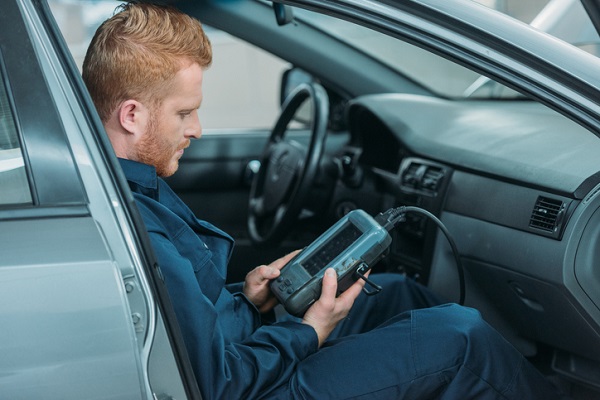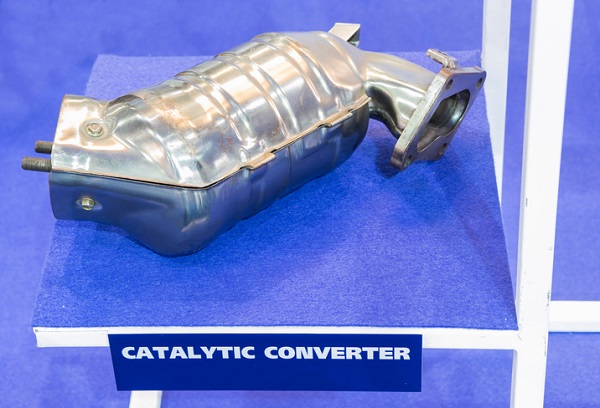
One of the most useful diagnostic tools that you’ll have at your disposal in your future career as an automotive mechanic is your On-Board Diagnostics II (OBD-II) scanner.
Spurred on by the need to simplify the diagnostic process for increasingly complex emissions equipment, the OBD-II system was mandated by the EPA for all cars built after 1996. Prior to this, cars’ self-diagnostic systems often required expensive proprietary technology to access, and offered only limited information. In contrast, OBD-II uses a standardized set of connections and codes, so a mechanic simply has to plug in their scanner, read the diagnostic codes, and look up the corresponding malfunctions to identify which subsystems are in need of servicing.
Diagnostic codes are 4-digit numbers, with a 1-letter prefix indicating which system is affected: P for powertrain, B for body, C for chassis, and U for network. Codes beginning with 0 are generic codes, while codes beginning with 1 are specific to a particular make or model of car.
After automotive mechanic training, you’re sure to use OBD-II scanning tools regularly in your career. Here are some of the codes you may see on a weekly, or even daily, basis.
Faulty Oxygen Sensors Are One of the Most Common Problems You’ll See
This is one of the most common problems you’ll see throughout your auto mechanic career. Oxygen sensors monitor the amount of oxygen in exhaust, allowing the car’s computer system to adjust the fuel mixture for better fuel economy and lower emissions. When an oxygen sensor malfunctions, drivers may notice a dip in their gas mileage or random stalling. OBD-II codes for a faulty oxygen sensor are P0171 – P0175.

An EVAP Diagnostic Code Could Be Caused by a Loose Gas Cap
The evaporation (or EVAP) system is an important part of your car, meant to contain and remove the vapours produced by burning fuel. Problems with an EVAP system can be complex, but the codes can also be set off by simple issues like a gas cap that needs to be tightened. The codes for issues with a car’s EVAP system are P0411, P0440, P0442, P0446, and P0455.
Engine Misfires Could Be Another Common Issue in your Auto Mechanic Career
Engine misfires are another very common issue you’ll encounter after automotive mechanic training. If an engine is misfiring, it means that one or more cylinders are not functioning properly. One of the common symptoms of this is a car vibrating or shaking while idle. It can also result in a loss of fuel efficiency. Codes for engine misfires are P0300 – P0305.
Catalytic Converters Are Important in Reducing Harmful Emissions
The catalytic converter is an important device in a car’s exhaust system, which converts pollutant gases into less harmful emissions. If an engine is burning oil, leaking coolant, or worn out from age, the catalytic converter can become contaminated, which can increase emissions. Codes for an issue with the catalytic converter are P0420 and P0430.

Problems in the EGR System Can Cause Performance Issues or Rough Idling
Exhaust gas recirculation (EGR) is an emissions-reduction technique that depends on a car’s computer to open and close valves, recirculating some of the exhaust produced by a fuel-burning engine back into the engine cylinders to control emissions of smog-causing nitrous oxides. A malfunctioning EGR system can cause engine performance issues or a rough idle. The OBD-II code for a problem with the EGR system is P0401.
Are you interested in an auto mechanic apprenticeship in Cambridge?
Contact Automotive Training Centres for more information about our auto mechanic training!

